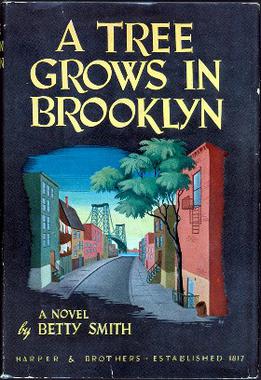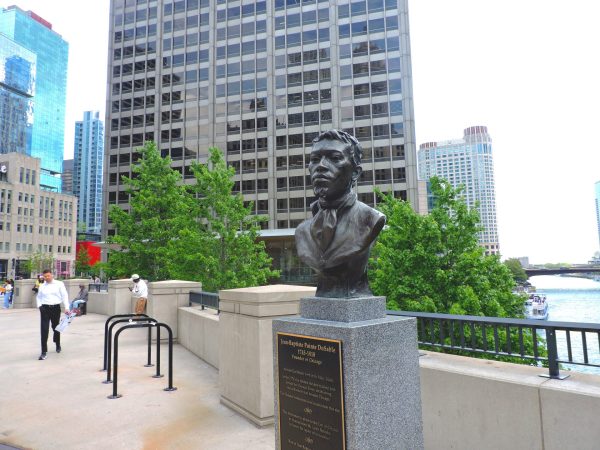REVIEW: ‘A Tree Grows in Brooklyn’ is a timeless tale of enduring hardship

Credit: Wikimedia Commons
‘A Tree Grows in Brooklyn’ was first released in 1943.
With an everlasting pandemic and a tumultuous election coming up, wanting to escape reality has become a reality. The novel, “A Tree Grows in Brooklyn,” diverts you from the grimaces of 2020, by taking you to Brooklyn at the beginning of the 20th century, where protagonist Francie Nolan is getting by day to day. Betty Smith’s classic takes you on a journey plagued by poverty, but powered by hope, with guidance that we can all relish to this day.
Smith’s novel is 491 pages, but a breeze to read. This is due to the intrigue and simplicity of the plotline: the coming of age of a young woman in the poorest circumstances.
From the moment she was born, Francie was unfortunate. She was born blue and considered sickly. Her father, Johnny, was an alcoholic but was loved across town. Francie’s mother and Johnny’s wife, Katie, knew she couldn’t love her daughter as much as her son, a healthy-born boy who was a year younger.
Francie’s situation made her be shunned by others. Even those in generations past who endured similar situations to Francie didn’t want to associate with her. As she knew her dirty impoverished would prevent her from forming calm relations with others, she decided to read one book per day, a choice that would result in an unexpected future.
The novel also demonstrates the bonds amongst the Nolans. They are an ordinary family, living in unfortunate circumstances. However, with these circumstances, they were more aware of the bonds with each other, since it was all they had. Through a solid mixture of tough love, strife and ambiguity, the Nolans were a close-knit family, which is admirable to audiences. With these themes, audiences can see how their families are like the Nolans, even if they are living a completely different lifestyle.
Readers can also sympathize with the religious aspect of the book, even if they’re not religious. The Nolans are Catholic, and the children and Katie have always been devout to read a page of the Bible every night and attend religious services. However, as time goes on and tragedy strikes, Francie questions why her religion hasn’t had her back in life.
Though, her family continuously tries to reel her in, as they fear that going against faith is the worst you can do. I think many can see where Francie’s coming from as they may question how any event may or may not be attributed to religious power.
Smith also highlights the subtleness of feminine power. Infused by her mother, Katie and her sisters all hold a sense of drive-in life, due to their mother’s preaching of how imagination is essential for living. Even though the sisters address reality, their imaginations have allowed them to think out of the box, which has inspired positive changes in the toughest times. Francie also absorbs this with her reading and her curiosity, which stretches beyond her age.
The novel is set leading up to the first world war, and cultural trends, still popular today, were emerging. There were tensions amongst different nationalities and religious groups, even though Williamsburg was a town for immigrants. With the struggles of poverty, they were able to come together, however, at other times this wasn’t the case.
In addition to the plotline, the chapters are easy to read and engaging. Chapters are usually around five to 10 pages, which helps coin as many moments in Francie’s life, while not being overbearing.
“A Tree Grows in Brooklyn” allows you to see 2020 in a different light. Even though the situations may not be the same, seeing how people endure struggles along with how they bond with others, is something timeless.







richard walters / Nov 6, 2020 at 7:04 pm
The simple truth about binary options which many of us do not know is the fact that it is mainly based on predictions. Without proper knowledge of what next can happen to the stock market, you are sure to lose your funds. That is why it is important to be tutored or mentored by a professional trader in binary options. During the few days of being mentored by Mrs Doris Ashley I’ve learnt much and also succeeding in trades and have been doing successful withdrawals and was able to recover all my lost funds. Feel free to contact her on Dorisashley52@gmail. com or whatsapp her +1 (516 218 6889 for positive results